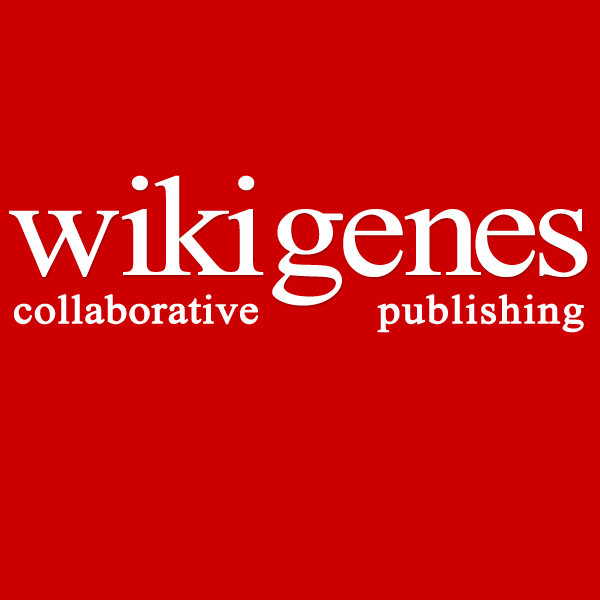Gene Review:
Hoxb4 - homeobox B4
Mus musculus
Synonyms:
Homeobox protein Hox-2.6, Homeobox protein Hox-B4, Hox-2.6, Hoxb-4
- Hoxb4-deficient mice undergo normal hematopoietic development but exhibit a mild proliferation defect in hematopoietic stem cells. Brun, A.C., Björnsson, J.M., Magnusson, M., Larsson, N., Leveén, P., Ehinger, M., Nilsson, E., Karlsson, S. Blood (2004)
- Characterization of a murine homeo box gene, Hox-2.6, related to the Drosophila Deformed gene. Graham, A., Papalopulu, N., Lorimer, J., McVey, J.H., Tuddenham, E.G., Krumlauf, R. Genes Dev. (1988)
- Hoxb-4 (Hox-2.6) mutant mice show homeotic transformation of a cervical vertebra and defects in the closure of the sternal rudiments. Ramírez-Solis, R., Zheng, H., Whiting, J., Krumlauf, R., Bradley, A. Cell (1993)
- Introduction of a subtle mutation into the Hox-2.6 locus in embryonic stem cells. Hasty, P., Ramírez-Solis, R., Krumlauf, R., Bradley, A. Nature (1991)
- Cross-regulation in the mouse HoxB complex: the expression of Hoxb2 in rhombomere 4 is regulated by Hoxb1. Maconochie, M.K., Nonchev, S., Studer, M., Chan, S.K., Pöpperl, H., Sham, M.H., Mann, R.S., Krumlauf, R. Genes Dev. (1997)
- Multiple spatially specific enhancers are required to reconstruct the pattern of Hox-2.6 gene expression. Whiting, J., Marshall, H., Cook, M., Krumlauf, R., Rigby, P.W., Stott, D., Allemann, R.K. Genes Dev. (1991)
- Direct crossregulation between retinoic acid receptor {beta} and Hox genes during hindbrain segmentation. Serpente, P., Tümpel, S., Ghyselinck, N.B., Niederreither, K., Wiedemann, L.M., Dollé, P., Chambon, P., Krumlauf, R., Gould, A.P. Development (2005)
- Reduced proliferative capacity of hematopoietic stem cells deficient in Hoxb3 and Hoxb4. Björnsson, J.M., Larsson, N., Brun, A.C., Magnusson, M., Andersson, E., Lundström, P., Larsson, J., Repetowska, E., Ehinger, M., Humphries, R.K., Karlsson, S. Mol. Cell. Biol. (2003)
- Multiple positive and negative regulatory elements in the promoter of the mouse homeobox gene Hoxb-4. Gutman, A., Gilthorpe, J., Rigby, P.W. Mol. Cell. Biol. (1994)
- Thrombopoietin stimulates Hoxb4 expression: an explanation for the favorable effects of TPO on hematopoietic stem cells. Kirito, K., Fox, N., Kaushansky, K. Blood (2003)
- RARbeta mediates the response of Hoxd4 and Hoxb4 to exogenous retinoic acid. Folberg, A., Nagy Kovács, E., Luo, J., Giguère, V., Featherstone, M.S. Dev. Dyn. (1999)
- Initiation of rhombomeric Hoxb4 expression requires induction by somites and a retinoid pathway. Gould, A., Itasaki, N., Krumlauf, R. Neuron (1998)
- Spatially specific expression of Hoxb4 is dependent on the ubiquitous transcription factor NFY. Gilthorpe, J., Vandromme, M., Brend, T., Gutman, A., Summerbell, D., Totty, N., Rigby, P.W. Development (2002)
- Polycomb group gene mel-18 modulates the self-renewal activity and cell cycle status of hematopoietic stem cells. Kajiume, T., Ninomiya, Y., Ishihara, H., Kanno, R., Kanno, M. Exp. Hematol. (2004)
- Altered rhombomere-specific gene expression and hyoid bone differentiation in the mouse segmentation mutant, kreisler (kr). Frohman, M.A., Martin, G.R., Cordes, S.P., Halamek, L.P., Barsh, G.S. Development (1993)
- Mice lacking all isoforms of retinoic acid receptor beta develop normally and are susceptible to the teratogenic effects of retinoic acid. Luo, J., Pasceri, P., Conlon, R.A., Rossant, J., Giguère, V. Mech. Dev. (1995)
- Hoxb2 and hoxb4 act together to specify ventral body wall formation. Manley, N.R., Barrow, J.R., Zhang, T., Capecchi, M.R. Dev. Biol. (2001)
- Gene expression domains as markers in developmental toxicity studies using mammalian embryo culture. Williams, J.A., Mann, F.M., Brown, N.A. Int. J. Dev. Biol. (1997)









